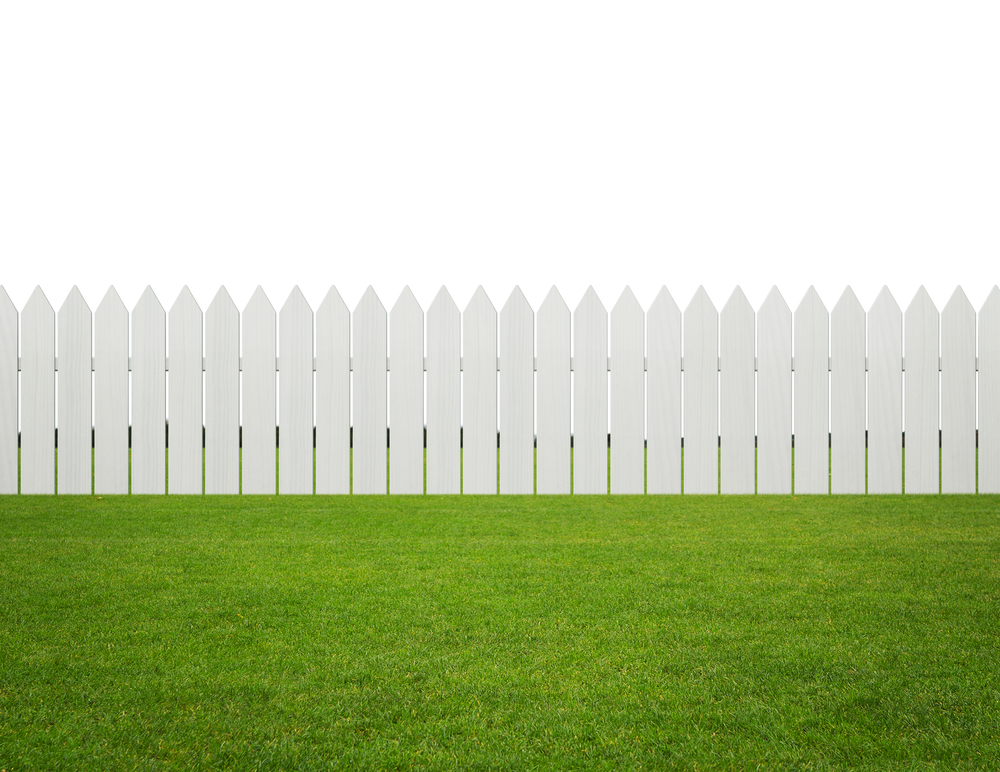
Robert Frost was right: good fences make good neighbors. So do good peach trees, especially when combined with an invitation to the neighbors to come and pick peaches to their hearts’ content because said tree’s branches are positively sagging with fruit.
The invitation couldn’t have come a moment too soon as we had just run out of peaches at breakfast. A couple of the kids and I tromped down the street to the neighbors’ house with a basket, a bag, and visions of a kitchen counter overflowing with juicy, ripe peaches for lessons in division of labor, diminishing marginal returns, how capital goods make labor more productive, and ultimately whether capital and technological changes mean there won’t be any jobs left in the future.
Adding workers gets us more peaches. Around and on any tree you’ll find windfall fruit, fruit on the lower branches, and fruit on the higher branches. If we only have one peach picker it means we lose a lot of time and energy bending down, stretching upward, and so on. As Adam Smith notes, one of the reasons division of labor raises the productivity of labor is that we gain “by saving the time commonly lost in passing from one sort of work to another.”
Adding another worker means one person can specialize in picking up the windfall fruit—this is especially true if that extra worker is small and, therefore, blessed with a comparative advantage in picking windfall fruit—while another picks from the low branches.
As we add more workers, we get more output and, eventually, diminishing marginal returns sets in. This means that adding more workers increases output, but at a decreasing rate. Worker #3 raises output, but not by as much as Worker #2 did. We’ve picked all the low-hanging fruit, as it were, and getting additional fruit means climbing to reach the higher-hanging fruit.
This is where capital goods and technological innovations come in. A ladder makes it easier to reach the peaches on the higher branches. A broom or long stick of some kind makes it easier to get peaches that would otherwise be out of reach, even with a ladder.
With ladders and sticks—capital goods—we need fewer workers to get a given number of peaches. So what do we do with the labor no longer needed for peach-picking?
To hear skeptics of free trade, capital formation, and innovation tell it, they starve to death. This is to commit the “lump of labor fallacy,” which assumes (incorrectly) that there is a fixed amount of work to be done. This might be true in the very short run, but people are creative and good at finding other things to do. In this simple example, there’s a fig tree a few blocks away in another neighbor’s yard where another neighbor allows people from the neighborhood to pick figs (I should mention that we live in a great neighborhood). What can the newly-displaced peach pickers do? In this case, they can pick figs. Or they can help people move. Or they can repair HVAC systems. Or any of a number of other things. This is a simple example, but it’s one of the reasons I embrace division of labor, capital formation, and innovation and don’t put much stock in fears that we will someday run out of work to do.
Of course, this also illustrates one of the reasons people don’t trust economists: we can’t say exactly what people will do. That requires knowledge of “the particular circumstances of time and place” that economists do not and cannot have. The situation-specific details are not available to us; however, we can understand the social processes at work. Equipped with that understanding, it’s reasonable to think people will always be able to come up with something to do.

Comments are closed.